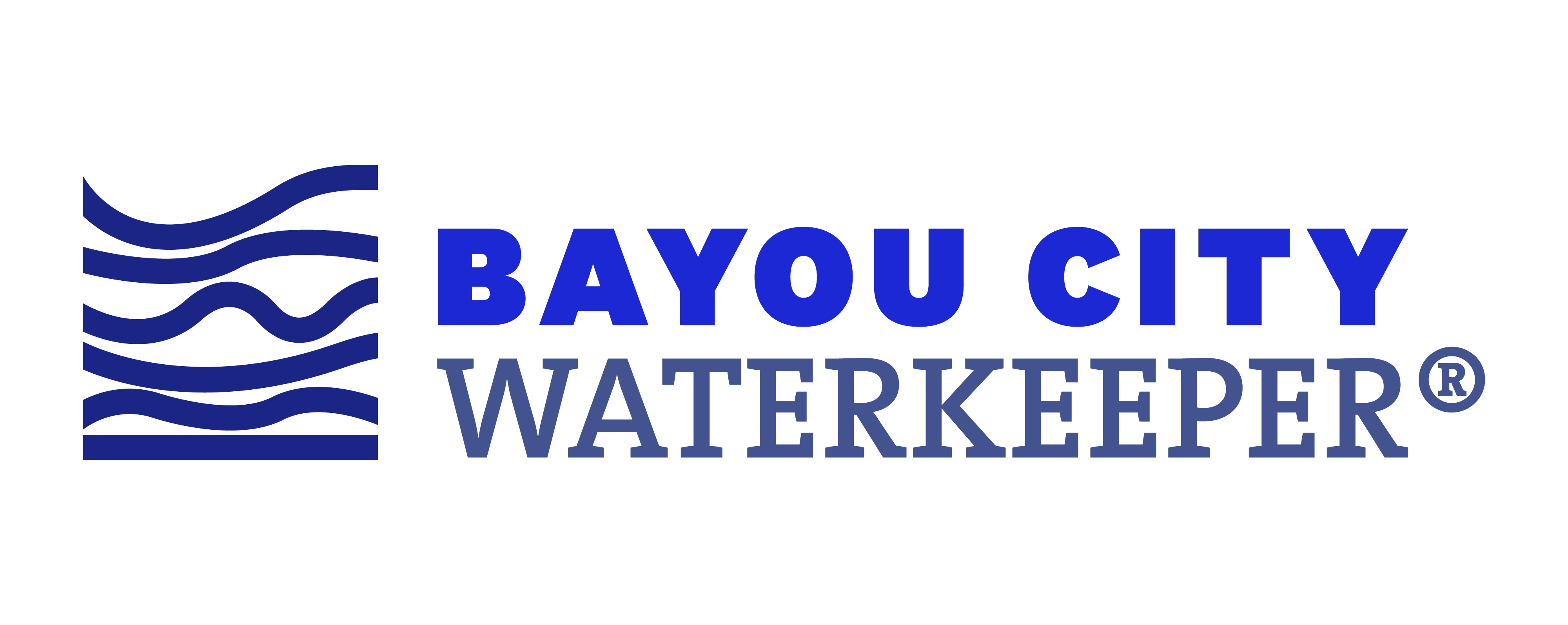This is a guest post by Fall 2020 legal intern Patricia Dillon McDade, a 3L at University of Houston Law Center.
In a coastal, flood prone area like our own, wetlands provide a multitude of benefits. They naturally absorb water and reduce flooding when it rains and filter water to improve water quality. Wetlands create educational opportunities to learn about the environment and are great locations for paddling and fishing. Wetlands also provide habitat for birds like the white ibis and black-bellied whistling duck and endangered species down the coast such as the whooping crane.
 Despite their ecological importance, the United States has lost more than 50% of its estimated 220 million acres of wetlands since colonial times. Since 1992, the Houston metropolitan area has lost up to 70% of its wetlands. Meanwhile, flood risk has increased at a steady rate. With only limited federal leadership to protect wetlands, and a near-absence of protections at the state level, local governments across the surrounding Houston area concerned with their residents’ long-term resilience are in a position to take the lead to preserve these vital ecosystems.
Despite their ecological importance, the United States has lost more than 50% of its estimated 220 million acres of wetlands since colonial times. Since 1992, the Houston metropolitan area has lost up to 70% of its wetlands. Meanwhile, flood risk has increased at a steady rate. With only limited federal leadership to protect wetlands, and a near-absence of protections at the state level, local governments across the surrounding Houston area concerned with their residents’ long-term resilience are in a position to take the lead to preserve these vital ecosystems.
Federal and state water laws exist, but they do not apply to all wetlands
The federal Clean Water Act (CWA) sets a goal of “no net loss of wetlands,” yet does not reach a large percentage of wetlands across the United States. Section 404 of the CWA gives authority to the Army Corps of Engineers to grant permits for development and other activities that would place dredge and fill material into wetlands–but only those falling within federal jurisdiction, a question that has been made more complicated by a series of competing rulemakings over the last five years. Further undermining wetland protections, the Corps’ local district engineers often rely on information about a project’s effects on wetlands that have been paid for by the project’s developer.
While the Texas Water Code offers no specific protections for wetlands, the Texas Coastal Management Program, administered by the General Land Office, has the goal of protecting coastal natural resources like wetlands in coastal counties including Brazoria, Chambers, Galveston, and Harris Counties. The Texas Commission on Environmental Quality (TCEQ) has limited authority over wetlands potentially subject to federal jurisdiction under Section 404 of the CWA.
Federal mitigation requirements often fall short within our region
The CWA requires developers to mitigate any unavoidable wetland losses, and requirements typically are spelled out in a Section 404 permit. However, mitigation efforts within the region surrounding the Houston area have fallen short. Approximately 61 percent of project developers within our region have not met the compensatory mitigation requirements outlined in their Section 404 permits. Even when mitigation measures are taken, newly created wetlands in Texas “do not function as natural wetlands, even after several decades post creation.”
 Cities within the Lower Galveston Bay Watershed may protect residents by prioritizing wetland protection in their ordinances
Cities within the Lower Galveston Bay Watershed may protect residents by prioritizing wetland protection in their ordinances
Despite the importance of wetlands to our region, local wetland protections are nearly nonexistent. Seabrook implemented a Wetlands Conservation Plan in 2000, but it only sets out mitigation measures for projects affecting wetlands covered by a federal Section 404 permit. Galveston’s municipal code §10.310 requires a protective buffer zone around wetlands, but the city does not have a broader wetlands protection or preservation ordinance. In fact, most cities within the Lower Galveston Bay Watershed do not mention wetlands in their municipal laws at all. Houston’s more recent planning identifies wetland preservation as a key resiliency strategy, but does not articulate any specific plans for preserving wetlands.
In contrast, other coastal U.S. cities have implemented wetland protection ordinances. In December 2019, Boston implemented a wetland ordinance to reduce flooding and protect Boston’s neighborhoods and green space. The ordinance prohibits activities posing a threat to wetlands and other water resources, unless permitted by the Boston Conservation Commission. Norfolk, Virginia, has rewritten its zoning ordinances to make the city more resilient to sea-level rise by encouraging development on higher ground and more broadly adopted a resilience strategy that prioritizes restoring wetlands as a buffer to flooding.
Local cities within the Lower Galveston Bay Watershed should embrace their role in protecting communities from flooding by creating wetland protection ordinances. Boston and Norfolk offer just two examples from which officials could draw and adapt to local needs and preferences. By passing wetland protection ordinances, our local cities may strengthen existing protections under Section 404 of the CWA, complement the Texas Coastal Management Plan, and fulfill goals articulated in local planning–and help make communities more resilient to flooding.
 Patricia Dillon McDade is a third-year law student at the University of Houston Law Center where she is focusing her studies on energy, environmental, and business law. Before pursuing her J.D., she worked in the journalism field for six years. During her spare time, Tricia enjoys writing and finding new restaurants to try. Before joining Bayou City Waterkeeper, she interned for a maritime firm and a business law, oil and gas firm in the energy corridor during her 1L and 2L summers, respectively. She has enjoyed her internship with Bayou City Waterkeeper helping to promote environmental conservation in the Houston area and beyond.
Patricia Dillon McDade is a third-year law student at the University of Houston Law Center where she is focusing her studies on energy, environmental, and business law. Before pursuing her J.D., she worked in the journalism field for six years. During her spare time, Tricia enjoys writing and finding new restaurants to try. Before joining Bayou City Waterkeeper, she interned for a maritime firm and a business law, oil and gas firm in the energy corridor during her 1L and 2L summers, respectively. She has enjoyed her internship with Bayou City Waterkeeper helping to promote environmental conservation in the Houston area and beyond.
